We provide affordable locksmith services 24/7 PCB FL
Locksmith Express Panama City Beach is a leading provider of locksmith services in the Panama City Beach area, offering a wide range of solutions for emergency lockouts, residential, automotive, and commercial needs. Our commitment to quick, reliable, and professional services has made us a trusted name in the community.
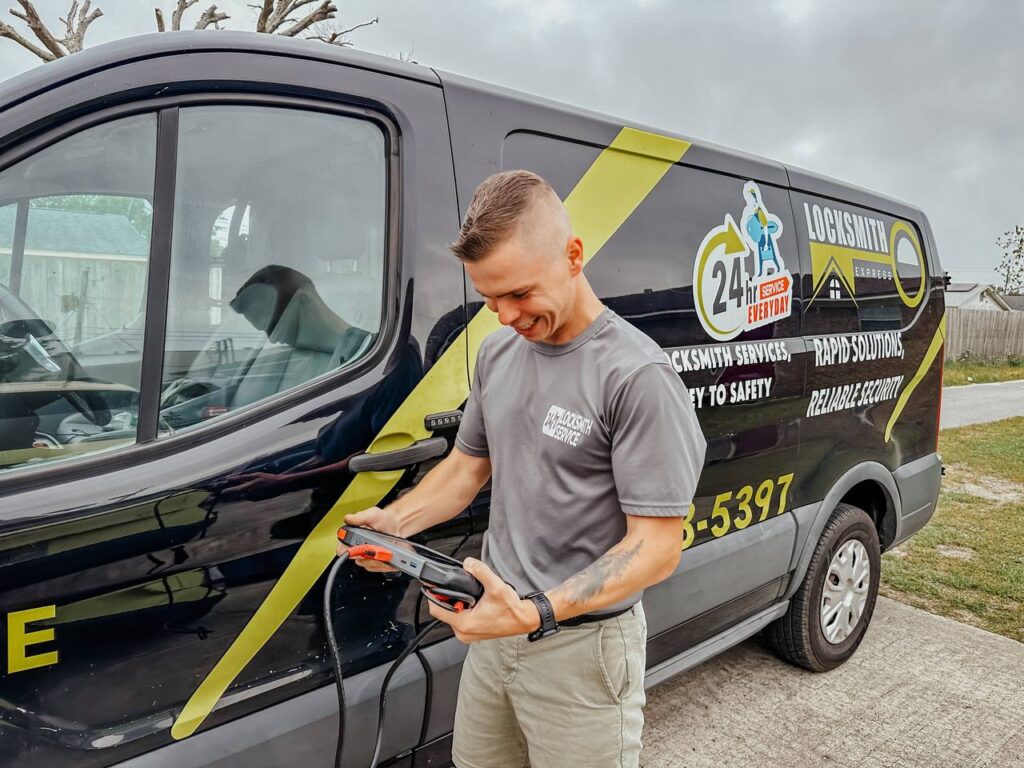
Types of Residential Locksmith Services: Our residential services range from lock installation, repair, to key duplication and advanced security system installations.
Emergency lockout situations can happen anytime, and they require immediate attention. Our team is equipped to handle any lockout scenario swiftly and efficiently.
Range of Automotive Services: Our automotive locksmith services include car lockout assistance, key duplication, ignition repair, and more.
We offer comprehensive security solutions for businesses, including high-security lock installations, master key systems, and access control systems.
We work to provide quality services in Panama City as quickly as possible. We are a comfortable locksmith near you. Call us if you need help immediately, or leave a request on the site and I will contact you.
Local Locksmith Express provides installation, maintenance, and repair services for many different types of residential, commercial, and car locks. If you are thinking of upgrading your home or business security, you can call our team of professionals, and we can offer advice on the best type of lock system for your needs. We are bonded and insured, so you know that we are a service you can trust with your security needs.

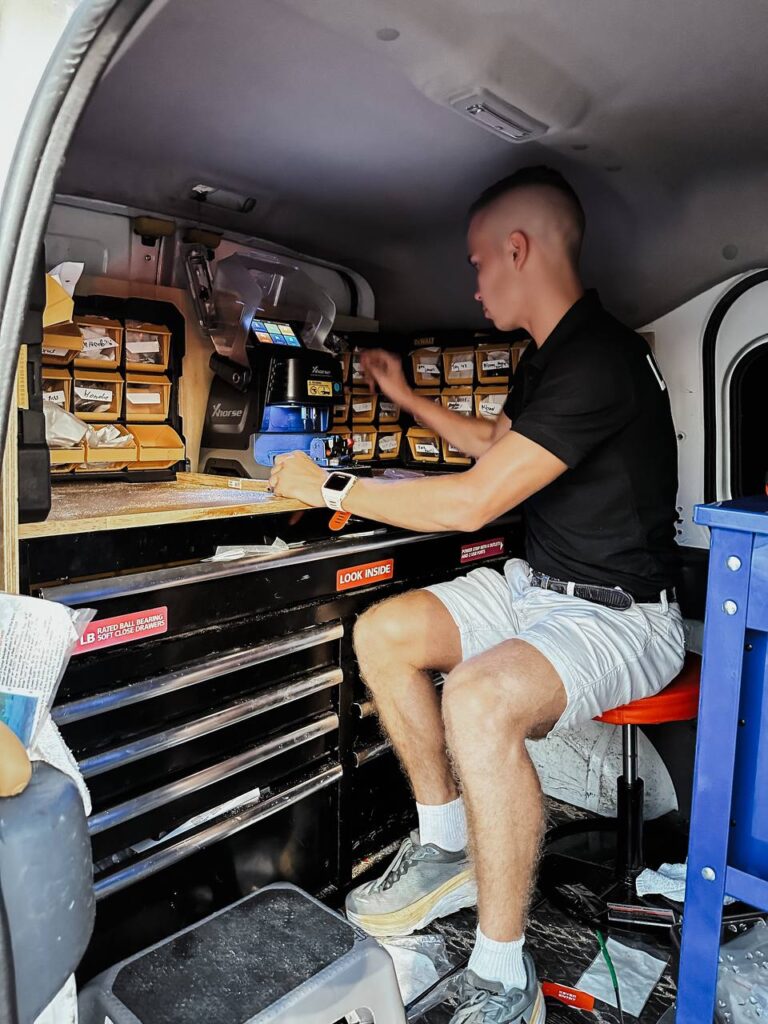
When submitting a request, please try to describe your problem as accurately as possible. This will make it easier for us to guide you on the cost of the work.
We work 24/7 and will answer you as soon as we have a free minute. No time to wait? Call us now +1-(850)-343-5397
Examples of works
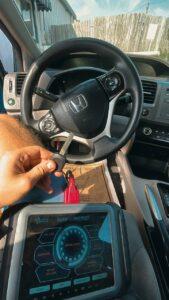

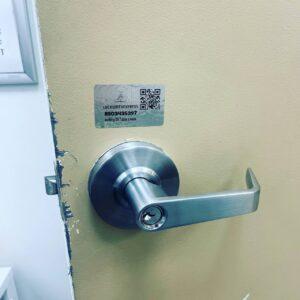
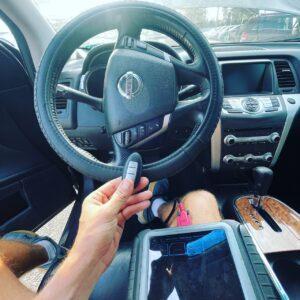



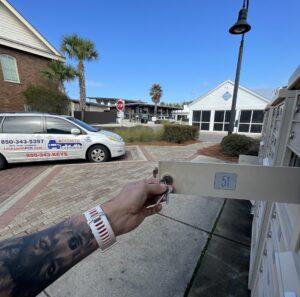
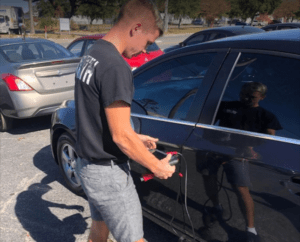



A locksmith can duplicate most keys. Some of the much more typical alternatives include:
Yale Key Replacement: This is a smaller standard key that a locksmith can quickly shrink.
Chubb Key Replacement: The larger key with a unique design makes chubb keys longer, but the locksmith will undoubtedly reproduce them.
Safe Key Replacement: All kinds of one-of-a-kind safe keys can be copied, and it will take much longer, depending on the key type.
Car Key Replacement: The locksmith can copy some keys from the machine, while a completely new key is required for others. Many modern car keys need to be improved, and they cannot be duplicated, just cutting out a new key.
House Key Replacement: The locksmith will easily duplicate the keys to the locks on the house's front door.
Padlock Key Replacement: Often, padlock keys are Yale keys, and those, not Yale keys can be duplicated.
Your local locksmith will certainly not only duplicate most of the keys but will also be able to make sure you know which keys can be quickly copied and which can provide much better security. Whether you're trying to pick a lock to make sure the keys can't be easily duplicated, or you need a copy of a manufactured key, your local locksmith can help.
With a perfect copy, you won't have to worry about whether the new key will work or not. Call your Panama City Beach Locksmith today if you need a duplicate key!
The ideal way to understand whether a locksmith is trustworthy is to study it in advance. Call them, ask them detailed questions, and read their reviews. Once you find a reliable locksmith who checks all the boxes, save them to your phone for future use. In addition, the technique of proper care of the door lock.
Specific keys can not be copied. We call them Do Not duplicate (DND) keys.
These are DND keys:
Transponder Key,
Laser Cut Car Key,
VAT Key,
Abloy Keys,
Tubular Keys,
Internal Cut Keys,
Four-Sided Key.
The locksmith can make you a key without the original. Professional locksmiths can make keys by hand. Using a blank and skills accumulated over many years, a locksmith can make a key from scratch without requiring the original key if the key is lost.
We work 24/7 and will answer you as soon as we have a free minute. No time to wait? Call us now +1-(850)-343-5397 or leave a request